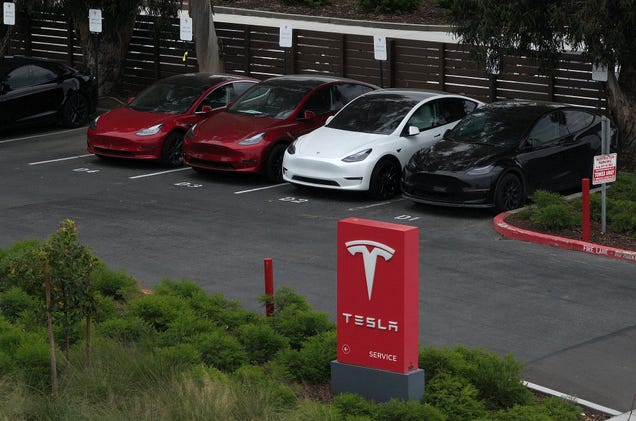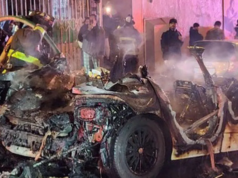
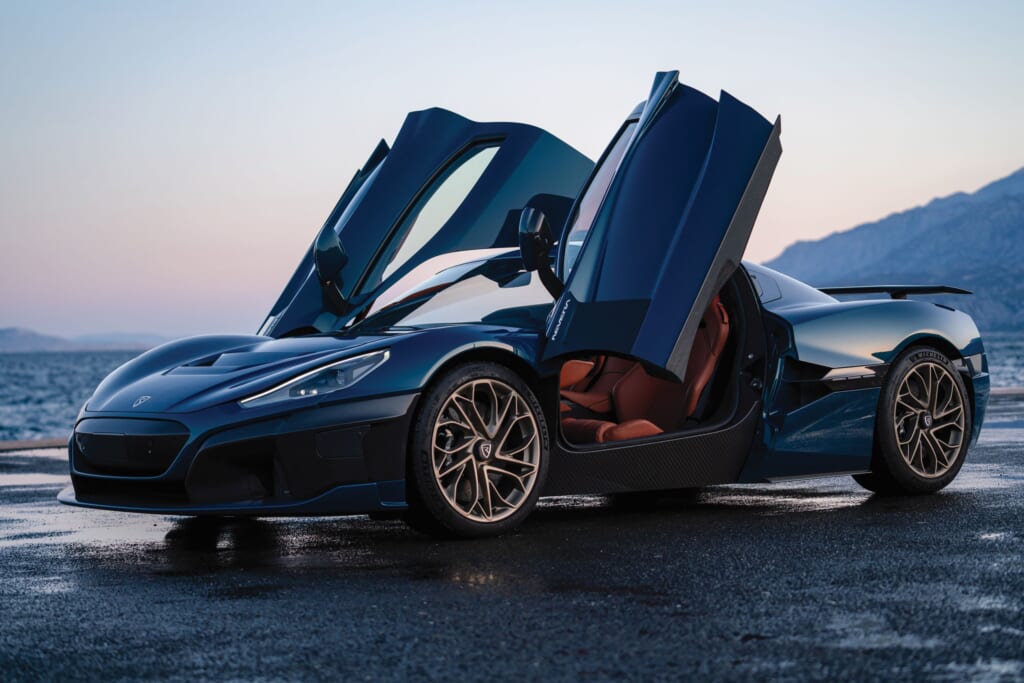
“I always wanted to race, and the easiest and cheapest way to start racing in Croatia was to buy an old car with rear-wheel drive and a bunch of spare tires to just use until they blew up drifting,” 33-year-old Mate Rimac tells me over an early morning Zoom. “So as soon as I turned 18 I bought an old BMW 3-Series”–whose engine exploded soon after, eventually leading him to convert the car to electric power.
Sitting in his offices just outside Zagreb, the bearded entrepreneur and EV visionary behind Rimac Automobili is recounting the beginning of a journey that has now led him to not only build his own hypercars, but co-create a new company called Bugatti Rimac—joining forces with the most prestigious luxury marque in the world—with Rimac Group holding a 55% stake in the new venture.
That 3-Series—a 1984 E30—is where it all began. “I thought, I’ll make an electric one and maybe there is a business I can build out of it,” Rimac recalls. “It’s not like I did market research or analysis, and an Excel spreadsheet spit out that it makes sense to make electric cars; I did it out of passion. But I wanted to make something big, not just a hobby project.”
Sourcing an electric fork-lift motor and some batteries, Mate quickly realized buying and modifying a battery management system would not suffice: he would have to design his own. It took only a year to get the initial electric BMW running, but that early iteration required numerous updates and engineering experimentations to perfect—a Herculean endeavor that would bear fruit when his revolutionary homemade EV would go on to notch five FIA and Guinness World Speed Records.
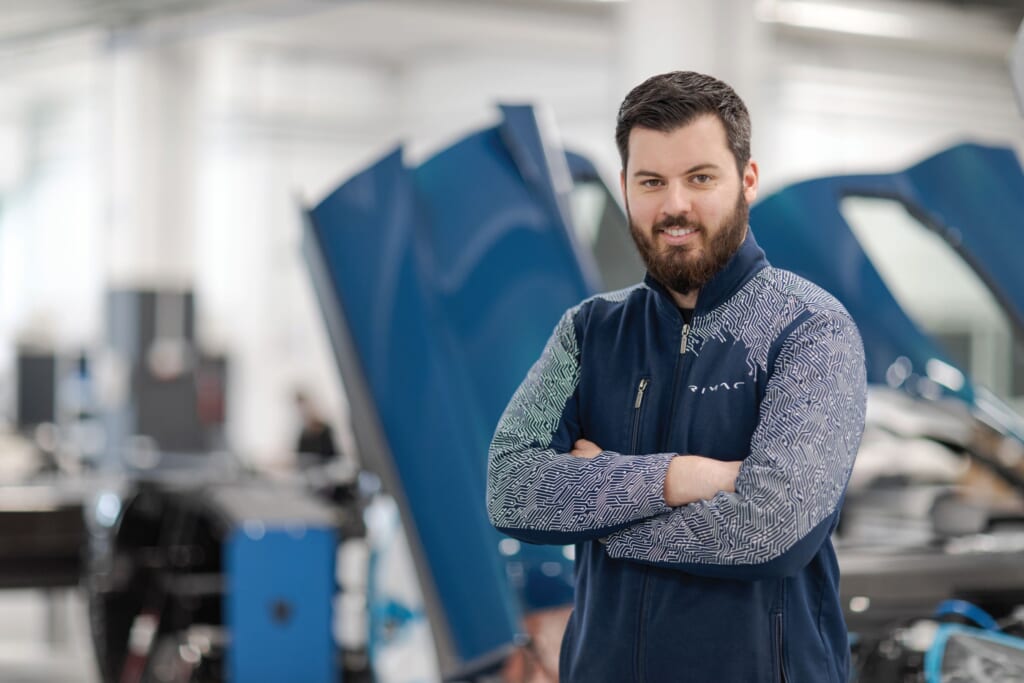
(Rimac Automobili)
This bold leap into engineering and crafting his own parts, eschewing the traditional external supplier model, laid the early foundation for what Rimac Automobili would evolve into. Their mindboggling hypercars write headlines in giant script—like the upcoming $2.4-million Nevera. Boasting 1,914 horsepower, a 258- mph top speed and 0 to 60-mph time-warp in under 2 seconds, it is now officially the fastest-accelerating production car in the world.
Penned by longtime partner Adriano Mudri—Director of Design since 2010—the latest in the Croatian bloodline evolves Rimac’s design language to its most wind-slipping shape ever. Instead of placing the battery pack on the floor like most EVs, the Nevera runs it along the center like a transmission tunnel and then packs the rest behind the driver in a T-shape.
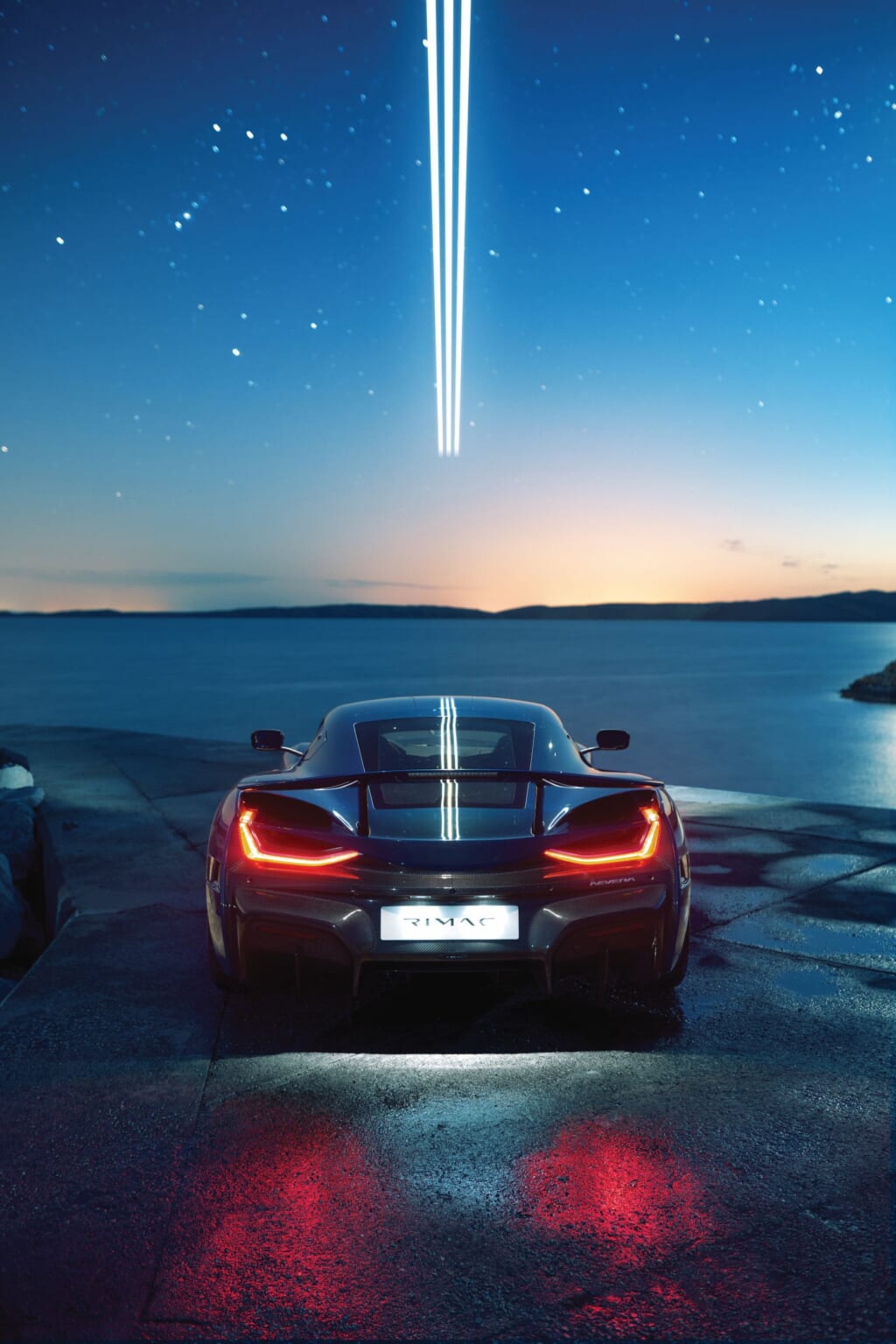
This unique placement allows the seats to sit much lower, significantly compressing the Nevera’s height—critical in optimizing a hypercar’s center of gravity. With a motor mounted at each corner its roofline then peaks exactly between the two axles, lending the hypercar an elegant visual balance while also mirroring Rimac’s signature ‘necktie’ profile motif.
But while these paragons of exclusivity (only 150 to be made), performance and spaceship aesthetics may wobble knees and set hearts aflutter, it is Rimac’s position as a technology supplier to other OEMs that has truly revolutionized the industry.
His groundbreaking EV systems now underpin numerous hypercar architectures, including the upcoming Pininfarina Battista, the battery system for the Koenigsegg Regera, and the battery system and infotainment for Aston Martin Valkyrie, among others. Then there’s Porsche AG, who followed their initial 2018 investment in Rimac by increasing their stake to 15% the following year.
In March of this year they poured in an additional $83.3 million, raising their holding to 24% and setting Rimac on course to becoming a Tier 1 high-tech supplier to one of the most respected marques in performance and motorsport. That’s in addition to the $90 million Hyundai/Kia Motors invested just a couple months prior.
As any enthusiast knows, the automotive landscape is littered with digital renderings of impossibly-powered supercars that have as much basis in reality as the Millennium Falcon. What sets Rimac apart is Mate’s commitment since day one to elevating his marque beyond #vaporware—despite the lunatic numbers of his Concept One, which caused similar eye-rolling skepticism among media when unveiled at the 2011 Frankfurt Motor Show.
While seven-figure hypercars are common in 2021, a decade ago the Concept_One’s alleged 1,224-hp and 2.5-second sprint from 0–62 mph seemed, well, fanciful. Cynics have very quickly learned to eat their words.
“Porsche invested in us three times. Why?” he asks rhetorically. “Because when we promise something we do it—and often we overdeliver. As you know there’s lots of hot air in this industry, and lots of PowerPoint companies. I don’t want our company to be one of those.”
It is Rimac’s twin development of otherworldly hypercars with real-world supply chain technology that has set the Croatian startup on a path unlike any other in history. In terms of generated revenue Mate discloses the technology business will be “orders of magnitude higher” than the hypercar business.
“The stars aligned there,” he says of their interdependence. “The two only work together: the car business wouldn’t work without the tech business, because if you just develop hypercars it would be too expensive. And despite the hypercars being much smaller of a share in the business, it’s a very integral part. So it’s just this beautiful symbiosis.”
The success of this approach sowed the seed for what is arguably Rimac Automobili’s greatest feat: the recent acquisition of a controlling interest in Bugatti, which will henceforth be known as Bugatti Rimac. The 112-year-old French marque renowned for its W16-powered Chiron and Veyron will be transitioning from VW Group control to Rimac, which will have 55% ownership, with Porsche controlling the remaining 45%.
“This is a truly exciting moment in the short, yet rapidly expanding history of Rimac Automobili,” Mate tells us. “We have gone through so much in such a short space of time, but this new venture takes things to a completely new level. Rimac and Bugatti are a perfect match in terms of what we each bring to the table.”
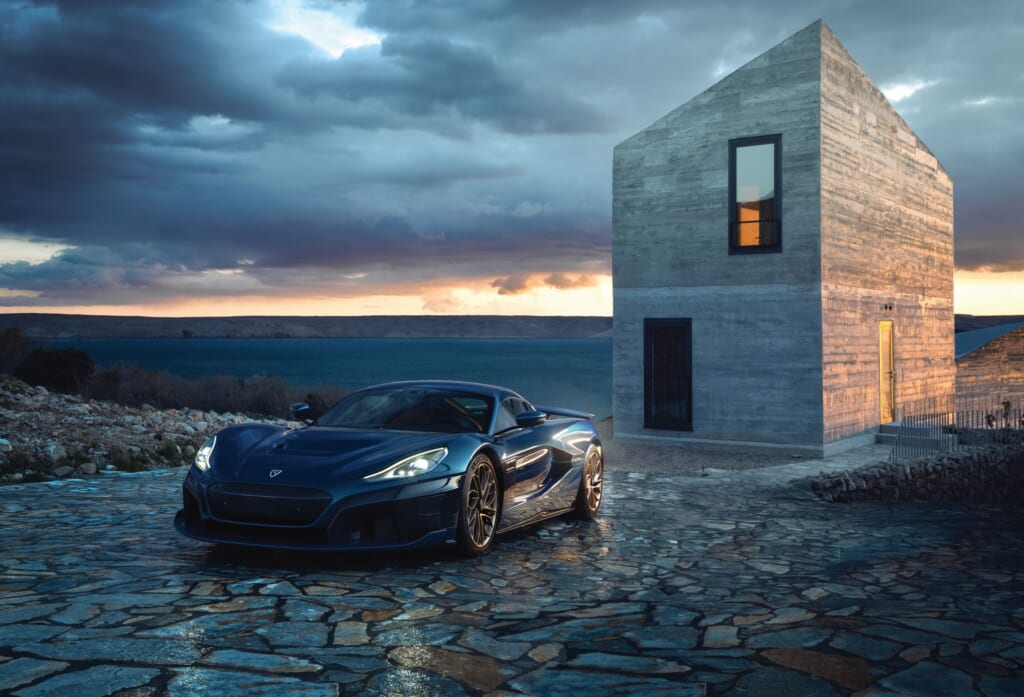
“As a young, agile and fast-paced automotive and technology company, we have established ourselves as an industry pioneer in electric technologies. With the Nevera we have also proven that we can develop and manufacture outstanding hypercars that are not only fast but also exciting and high-quality. Bugatti, with over a century of experience in engineering excellence, also possesses one of the most exceptional heritages of any car company in history.”
It doesn’t take poetic license to begin dreaming of what these two companies—one steeped in innovation and bleeding-edge technology, the other in century-old tradition and peerless, handcrafted artisanship—will accomplish together. The mind swims dreaming of a Rimac-platform hypercar, bristling with thousands of horses in its powertrain, sheathed in the opulence that only the artists in the Bugatti’s Atelier in Molsheim can create.

